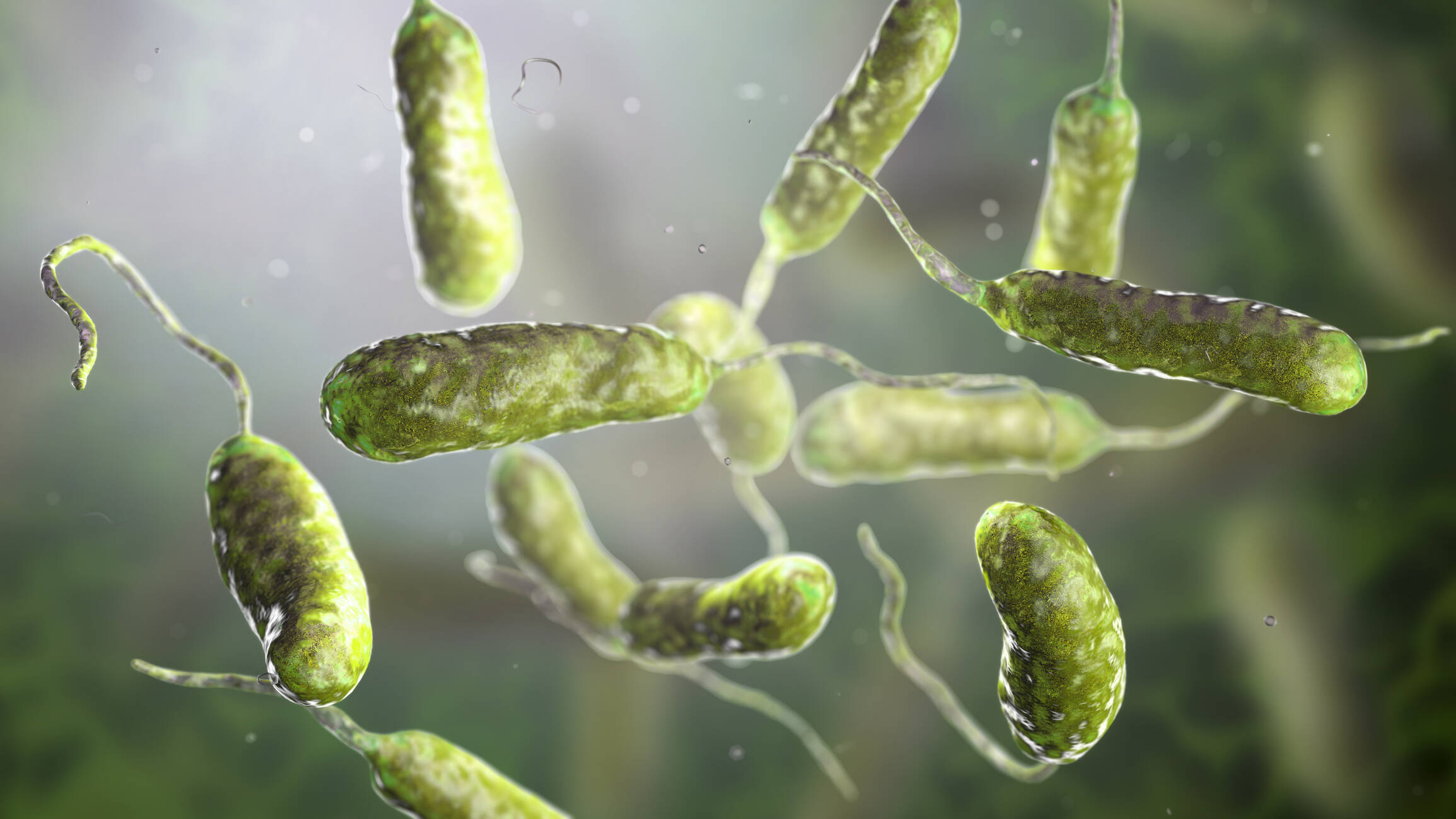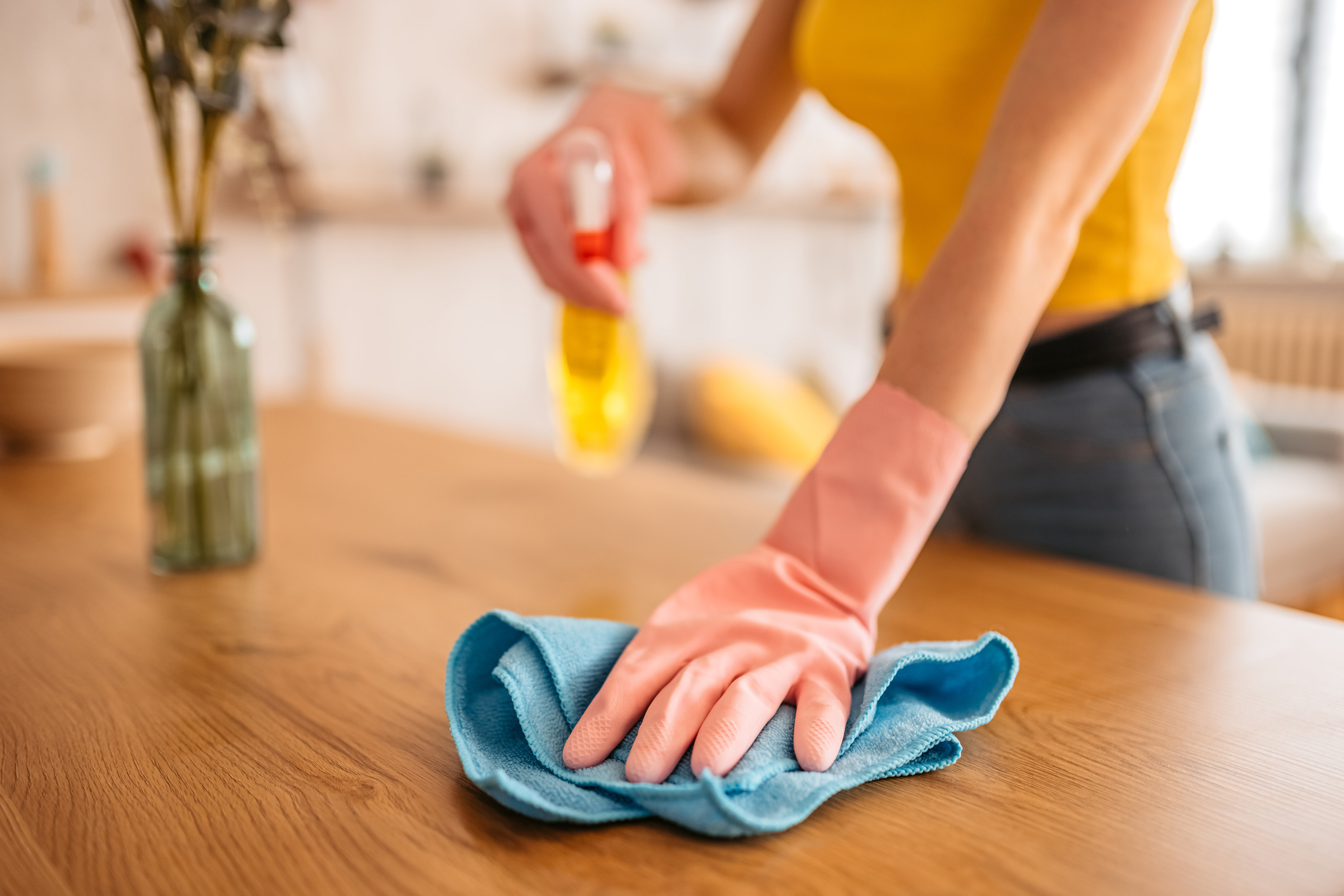World Allergy Day: These are some of the invisible allergens lurking in your home.

In Colombia, respiratory allergies such as allergic rhinitis are increasingly common, especially in urban areas. According to the Colombian Association of Otorhinolaryngology, this condition affects approximately 32% of the population and typically manifests throughout the year.
Factors such as humidity, temperature changes, and the accumulation of allergens in enclosed spaces can intensify symptoms, highlighting the importance of reducing exposure to household triggers such as dust, pet hair, and other invisible particles to improve the well-being of those who suffer from it.

Dust can also harbor bacteria. Photo: iStock
Ahead of World Allergy Day, celebrated on July 8, Dyson shared data from its Global Dust Study, highlighting the importance of deep cleaning at home to combat allergies caused by invisible particles such as dust, pet dander, pollen, mites, and even bacteria, which accumulate undetected on various surfaces in the home. In fact, the report shows that 1 in 4 people are concerned about dust in their homes, and 1 in 5 are surprised to discover that it can carry viruses.
Despite spending up to 90% of our time indoors, according to the World Health Organization, many people only clean when they notice visible dust or dirt on the floor. According to the aforementioned study, 44% say this is the main reason they clean.

In many cases, there are dust particles that are not visible to the naked eye. Photo: iStock
“It’s worrying that people only clean when they see dust, as many of the particles are microscopic in size,” explains Monika Stuczen, a research scientist in microbiology at Dyson, who adds that “by the time we see it, there’s a good chance that dust mites are already in our homes.” This disconnect between what we see and what we actually breathe highlights the need for more thorough, preventative cleaning routines, especially in homes with children or pets, where exposure to allergens can have greater consequences.
Dust isn't just an aesthetic problem. Although we don't always see them, allergens are present in almost every corner of our homes, triggering respiratory discomforts such as sneezing, watery or itchy eyes, nasal congestion, coughing, and even wheezing, a high-pitched sound when breathing that can indicate inflammation or blockage in the airways. Hence, 77% of people believe that a home with less dust is a healthier home.

Pet hair can be an allergy trigger. Photo: iStock
Although tools like damp cloths and traditional cleaners remain the most commonly used floor cleaners, they don't always capture the microscopic dust and pet hair that clings to surfaces. In fact, one in three dog or cat owners says their current tools don't effectively pick up pet hair. These methods can also leave an invisible film of dirt on the floor, especially if used with dirty water or if they don't properly lift debris. In contrast, deep vacuuming and advanced filtration technology capture and retain allergens without releasing them back into the air, achieving more effective and healthier cleaning.
Reducing allergen exposure at home is possible with the right combination of technology and mindful habits. Vacuuming frequently, cleaning forgotten areas, and keeping the environment free of moisture and pet hair are key steps to a healthier home.
In this regard, Dyson emphasizes that after nearly two decades of research into the composition of household dust, they have developed technologies that enable deep, effective cleaning in real-life conditions, using their vacuum cleaners that incorporate high-efficiency filtration systems and hermetic seals that capture and retain both visible and microscopic dust, preventing it from re-entering the environment.
"Models like the Dyson V12 and V15 add a precision-angled laser head that makes invisible dust visible on hard floors, and have advanced filtration capable of trapping up to 99.97% of particles, including those as small as 0.1 microns (μm)," the company notes.
eltiempo


%3Aformat(jpg)%3Aquality(99)%3Awatermark(f.elconfidencial.com%2Ffile%2Fbae%2Feea%2Ffde%2Fbaeeeafde1b3229287b0c008f7602058.png%2C0%2C275%2C1)%2Ff.elconfidencial.com%2Foriginal%2F55f%2F92e%2Fc95%2F55f92ec958ffe2e165791469192f4f84.jpg&w=3840&q=100)
%3Aformat(jpg)%3Aquality(99)%3Awatermark(f.elconfidencial.com%2Ffile%2Fbae%2Feea%2Ffde%2Fbaeeeafde1b3229287b0c008f7602058.png%2C0%2C275%2C1)%2Ff.elconfidencial.com%2Foriginal%2F45a%2F483%2Fa1f%2F45a483a1f10047515937a7bb0d34b6fa.jpg&w=3840&q=100)
%3Aformat(jpg)%3Aquality(99)%3Awatermark(f.elconfidencial.com%2Ffile%2Fbae%2Feea%2Ffde%2Fbaeeeafde1b3229287b0c008f7602058.png%2C0%2C275%2C1)%2Ff.elconfidencial.com%2Foriginal%2F0cc%2F1d8%2F337%2F0cc1d8337c864f3437ad038e678edf9f.jpg&w=3840&q=100)
